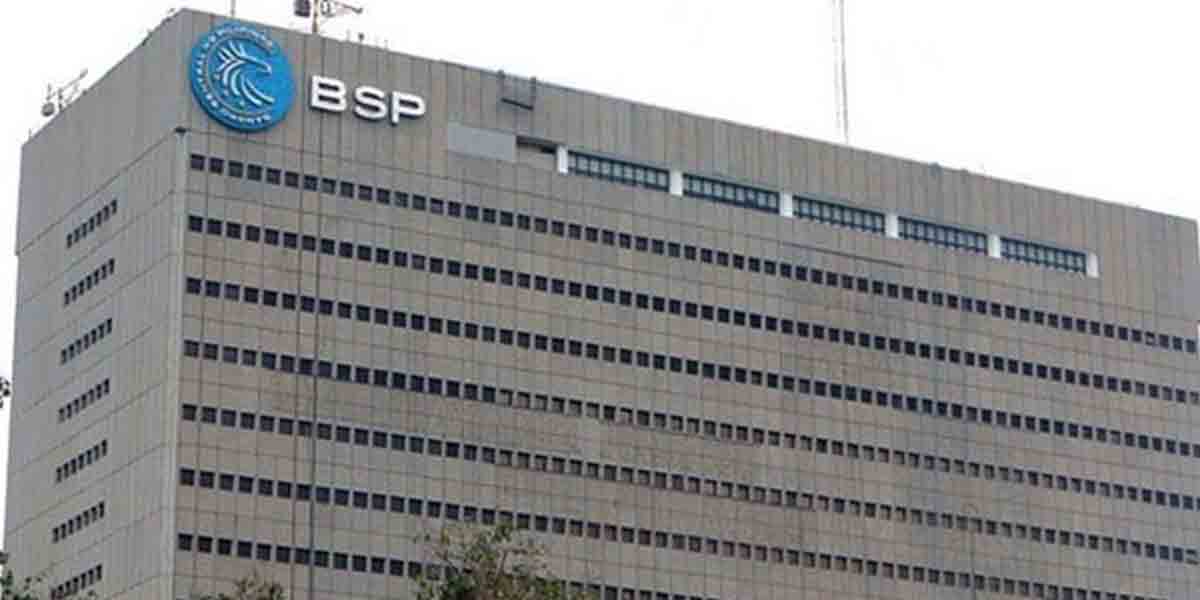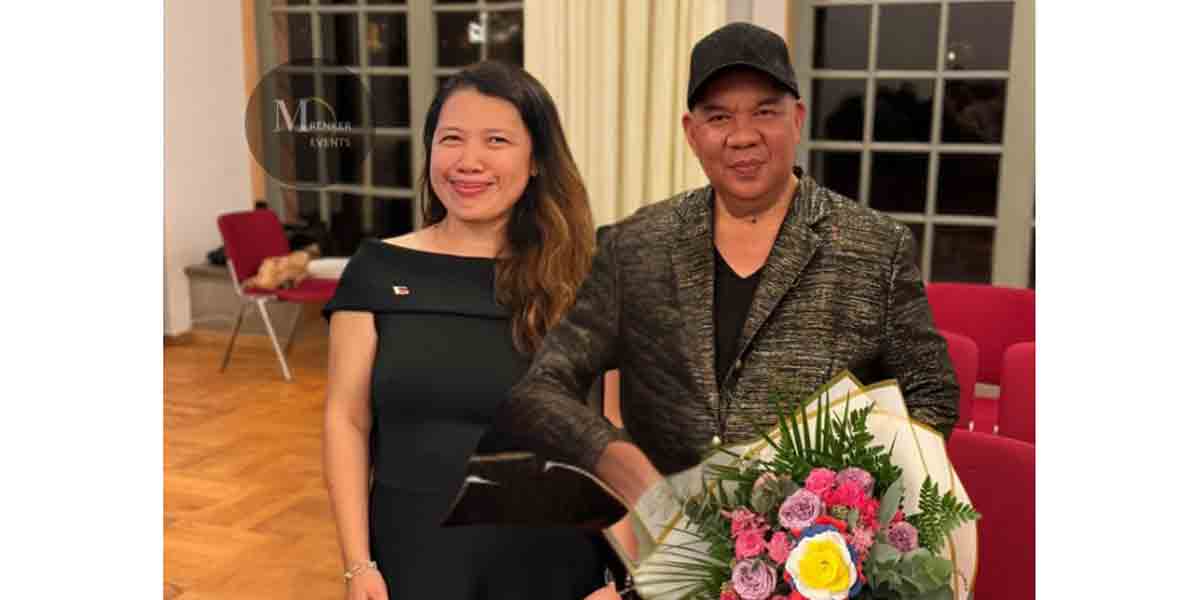 By Herbert Vego
By Herbert Vego
TODAY, August 25, is a holiday in Iloilo City. We are celebrating its 84th anniversary as “charter city,” minus the traditional fanfare of yesteryears in deference to pandemic protocols.
It is ironic, though, that we are on an uphill drive on the chosen theme: “Ilonggos Rising Amidst the Challenges of Time.” Businesses have closed shop, rendering thousands of workers jobless.
As of yesterday, Iloilo City Mayor Jerry Treñas had imposed “border controls” through checkpoints due to “community transmission possibly due to the Delta variant.”
We can only hope, nevertheless, that the three-day on-line job fair (starting today) by Iloilo City’s Public Employment Service Office (PESO) would pay off. If we heard PESO head Gab Umadhay right, local and foreign employers would be hiring 500 applicants for various positions on line via the PESO-Iloilo City’s Facebook account.
This is the third year that City Hall is simplifying a historical event. The first in 2019 was triggered by rising dengue cases. The succeeding year (2020) saw the beginning of the coronavirus (Covid-19) pandemic.
The Charter Day commemoration brings back to life the date August 25, 1937 when then President Manuel Luis Quezon signed Commonwealth Act 158 declaring Iloilo a charter city. The law likewise abolished the towns of Molo, Arevalo, Jaro, Mandurriao and Lapaz, in effect merging them with the City Proper.
Iloilo City has retained its colonial reputation as “La Muy Leal y Noble Ciudad de Iloilo” (The Most Loyal and Noble City of Iloilo), conferred by the Queen Regent of Spain in 1890 in recognition of its economic success.
As the capital of Iloilo Province, Iloilo City has evolved out of a colonial past, dating back to the Spanish colonial period when it was a small and incoherent grouping of fishermen’s hamlets along the Iloilo River in the 1800s.
The opening of Iloilo City’s Muelle Loney port in 1855 triggered the boom of the sugar export industry with the active participation of Nicholas Loney, the British vice-consul in Iloilo who constructed warehouses in the port and introduced new technologies in sugar cane farming.
According to local historian Rex Salvilla (deceased), Iloilo was already enjoying a flourishing economy when the Spaniards colonized the Philippines in the 16thcentury. There were already three Malay ports catering to visiting Chinese merchants in Ogtong (now Oton), Tabucan (Molo) and Salog (Jaro).
The surviving porcelain jars, plates, cups and saucers brought by those Chinese merchants are among the exhibits still viewable at Museo Iloilo today.
Our identity as part of the Malay race sprang from the 13th century when ten Bornean datus came to the island of Panay and made a deal with the ruling chieftain, Marikudo: a gold salakot, a gold batya and a gold necklace in exchange for the lowlands of the island. One of the datus, Paiburong, took over the territory of Irong-Irong – original name of Iloilo, including city and province.
While the Spanish conquest of the Philippines was underway in the 16th century, Spanish conquistador Miguel Lopez de Legazpi came to Iloilo to establish a settlement in Ogtong.
In the late 18th century, the development of large-scale weaving industry started the movement of Iloilo’s surge in trade in the Visayas. Sinamay, piña and jusi were among the products shipped to Manila and foreign cities.
Because of the economic boom, Moro pirates, Dutch and English invaders made raids which prompted Spanish authorities to set up defense fortresses. One of them is Fort San Pedro at the mouth of Iloilo River, ruins of which remain visible today.
The short visit of Dr. Jose Rizal to Iloilo in 1894 inspired patriotic Ilonggos to fight for Philippine independence. Following the outbreak of the Philippine Revolution in Manila, they resisted the move of the Spanish colonial government to transfer its seat of power to Iloilo in 1898.
It was because of Fort San Pedro – with 50 guns and three mortars blazing – that the Spanish government in Iloilo initially repelled the invading Americans in 1899. Eventually, however, a reinforcement of American marines proved too much for the Spanish soldiers.
Iloilo was then ranking next to Manila in economic productivity. Calle Real (now J. M. Basa Street) was the economic hub selling luxury products from all over the world.
On December 25, 1899 (Christmas day) the Spanish government surrendered to the Ilonggo revolutionaries at Plaza Alfonso XII (now Plaza Libertad).
The celebration of the revolutionaries was short-lived, however, because of the arrival of the American forces in the same week. The invaders subdued the armed resistance.
The American occupation led to the establishment of the Philippine Commonwealth, with Manuel Luis Quezon as President.
During World War II in 1942, the Japanese invaded Panay, holding the economy to a standstill.
By the end of the war, Iloilo’s economy and infrastructure had crumbled. The ensuing conflict between labor unions and industrialists, the declining sugar trade, and deteriorating peace and order triggered the exodus of Ilonggos to other cities and islands that offered better opportunities.
May that scenario not repeat itself in the present time of the pandemic.
—0—
A TALE OF BAYE-BAYE
IT was bad deplorable that in the rush to grab a post-lockdown financial aid from the Department of Social Welfare and Development (DSWD) — P1,000 per person or P4,000 for a family of four or more – a long line of Iloilo City beneficiaries at Don Francisco Village in Jaro last Monday could no longer control their hunger, as the following scenario relayed to us by a witness revealed:
“We were patiently inching our way to the cashier,” she said, “when an ambulant vendor came to sell baye-baye at around 10:00. The hungry among us bought and ate it. Then came a lady cop identified by her nameplate ‘Troncoso’ to apprehend Ryan Jovero, 20, for removing his mask. The guy begged for mercy and understanding, adding it was the only way he could eat baye-baye to relieve his hunger.”
To make the informant’s story short, the policewoman threatened to impose upon the hapless guy a penalty of either “three days of community service” or a fine of one thousand pesos.
Poor boy, he paid the fine and lost the exact amount he had come for.
Was he issued a receipt?
Yes, Don and Ronel, he still keeps it as a “souvenir”.
—0—
POWER PRICE ADJUSTMENT CIRCUMSTANTIAL
MORE Electric and Power Corporation, through its spokesman Jonathan Cabrera, yesterday lamented on RMN radio that the company is raising its rate in Iloilo slightly by P1.33 per kilowatt-hour due to an accident attributed to a backhoe of the Department of Public Works and Highways (DPWH).
This means that for the current month of August, residential consumers will be paying 7.99/kWh, higher than its July rate of P6.45. The new rate, however, remains much lower than the P10/kWh pegged in June.
It’s because of the damage caused by a DPWH backhoe on the submarine cable of the National Grid Corporation of the Philippines (NGCP), the state-owned transmission network. This has affected the flow of power from the generation plants, including the geothermal plant of the Power Sector Assets and Liabilities Management Corporation (PSALM).
The other distribution utilities in Panay Island, all cooperatives, have also been affected. They now charge between P11 and P12/kWh.
MORE Power’s residential rate still costs much lower than that of the Manila Electric Co. (MERALCO), which is P8.90/kWh.
We have yet to know how much MORE Power would charge businessmen and other commercial consumers that make up the backbone of the Iloilo City economy, but it would be slightly lower than its residential cost.
As Terence Uygongco, the chairperson of the Iloilo Economic Development Foundation (ILEDF), was telling fellow journalist Ted Aldwyn Ong, “This is a welcome relief for all consumers especially in this time of the pandemic. Lower power rates would mean lower production costs for businesses and lower expenses for residential customers, and could definitely help in attracting more investments.”





















